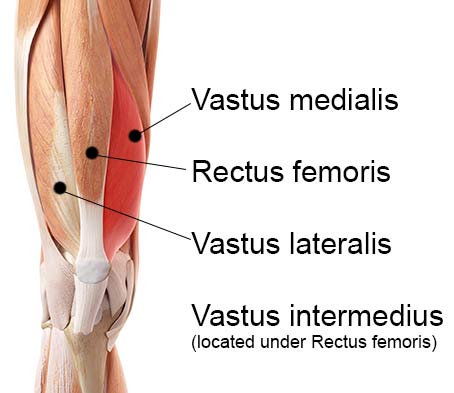Articular cartilage on the ends of each bone and underneath the knee cap absorbs shock and provides a smooth, gliding surface for joint movement.
Ligaments are the strong bands of tissue that keep the ends of bones connected.
There are four major ligaments in the knee:
■ Anterior cruciate ligament (ACL) – prevents the tibia from moving forward
■ Posterior cruciate ligament (PCL) – prevents the tibia from moving backward
■ Medial collateral ligament (MCL) – prevents excessive inward movement of the knee joint
■ Lateral collateral ligament (LCL) – prevents excessive outward movement of the knee joint
Meniscus is fibrocartilage located around the bone that absorbs shock and provides a smooth surface to protect articular cartilage from wear.



